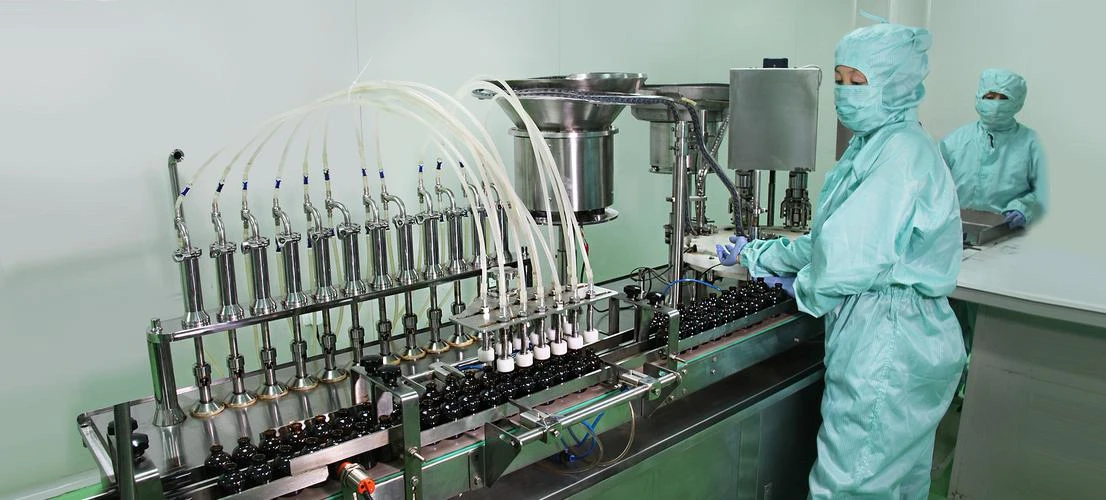- Afrikaans
- Albanian
- Amharic
- Arabic
- Armenian
- Azerbaijani
- Basque
- Belarusian
- Bengali
- Bosnian
- Bulgarian
- Catalan
- Cebuano
- Corsican
- Croatian
- Czech
- Danish
- Dutch
- English
- Esperanto
- Estonian
- Finnish
- French
- Frisian
- Galician
- Georgian
- German
- Greek
- Gujarati
- Haitian Creole
- hausa
- hawaiian
- Hebrew
- Hindi
- Miao
- Hungarian
- Icelandic
- igbo
- Indonesian
- irish
- Italian
- Japanese
- Javanese
- Kannada
- kazakh
- Khmer
- Rwandese
- Korean
- Kurdish
- Kyrgyz
- Lao
- Latin
- Latvian
- Lithuanian
- Luxembourgish
- Macedonian
- Malgashi
- Malay
- Malayalam
- Maltese
- Maori
- Marathi
- Mongolian
- Myanmar
- Nepali
- Norwegian
- Norwegian
- Occitan
- Pashto
- Persian
- Polish
- Portuguese
- Punjabi
- Romanian
- Russian
- Samoan
- Scottish Gaelic
- Serbian
- Sesotho
- Shona
- Sindhi
- Sinhala
- Slovak
- Slovenian
- Somali
- Spanish
- Sundanese
- Swahili
- Swedish
- Tagalog
- Tajik
- Tamil
- Tatar
- Telugu
- Thai
- Turkish
- Turkmen
- Ukrainian
- Urdu
- Uighur
- Uzbek
- Vietnamese
- Welsh
- Bantu
- Yiddish
- Yoruba
- Zulu
Desemba . 11, 2024 11:52 Back to list
oxytetracycline injection for poultry
Oxytetracycline Injection for Poultry Applications and Considerations
Oxytetracycline is a broad-spectrum antibiotic belonging to the tetracycline class, widely used in veterinary medicine, particularly in the poultry industry. Its effectiveness against a range of bacterial infections has made it a critical tool in maintaining poultry health, ensuring productivity, and promoting growth. This article explores the applications of oxytetracycline injection in poultry, potential benefits, and important considerations for its use.
Applications in Poultry
Oxytetracycline is primarily utilized to treat various bacterial infections in poultry, including respiratory diseases, enteritis, and certain systemic infections. Common pathogens susceptible to this antibiotic include *Escherichia coli*, *Mycoplasma* species, and various strains of *Salmonella*. These infections can lead to significant economic losses for poultry producers due to increased mortality rates, reduced growth rates, and poor egg production.
One of the primary uses of oxytetracycline in poultry is for the management of respiratory illnesses. Birds in crowded conditions, such as those found in commercial chicken farms, are particularly susceptible to respiratory pathogens due to stress and poor ventilation. Administering oxytetracycline can help control outbreaks, improving overall flock health and productivity.
Moreover, oxytetracycline is often used as a preventive measure in young birds, particularly during critical phases of growth or when they are exposed to stressors such as vaccination or environmental changes. By administering the antibiotic during these times, farmers can reduce the incidence of disease, leading to healthier flocks and optimizing feed conversion rates.
Benefits of Oxytetracycline Use
The use of oxytetracycline in poultry has several benefits. Firstly, its broad-spectrum nature means that it can effectively target multiple pathogens, making it a versatile option for treating various diseases. This capability is crucial in commercial poultry operations, where farmers may face multiple disease pressures simultaneously.
oxytetracycline injection for poultry

Secondly, when used correctly, oxytetracycline can lead to significant improvements in flock health and overall productivity. Healthy birds grow faster and are less susceptible to diseases, resulting in lower veterinary costs and higher yields for producers. Additionally, by maintaining the health of the flock, farmers can also ensure the welfare of the birds, which is becoming increasingly important to consumers.
Considerations for Use
Despite its benefits, there are important considerations and challenges associated with the use of oxytetracycline in poultry. One significant concern is the potential for antimicrobial resistance. Overuse or misuse of antibiotics in livestock can lead to resistant strains of bacteria, which can pose risks not only to animal health but also to public health. As a result, many countries have implemented regulations to limit the use of antibiotics for growth promotion and non-therapeutic purposes.
Farmers are encouraged to adopt responsible antibiotic stewardship practices. This includes using oxytetracycline only when necessary, following appropriate dosages and treatment durations, and integrating alternative management strategies, such as improved biosecurity measures and vaccination programs. These practices can help mitigate the risks associated with antibiotic use and contribute to sustainable poultry production.
Additionally, it's essential for poultry producers to work closely with veterinarians to make informed decisions about antibiotic use. This collaboration ensures that treatments are based on accurate diagnoses and that appropriate alternatives are considered when feasible. Regular monitoring of flock health and antibiotic effectiveness can also help in refining treatment protocols.
Conclusion
Oxytetracycline injection remains an important tool in the management of poultry health, offering effective solutions for bacterial infections. Its role in promoting productivity and preventing disease is invaluable to the poultry industry. However, the potential risks associated with antibiotic resistance necessitate a sustainable, informed approach to its use. By balancing the need for effective disease management with responsible practices, the poultry industry can continue to thrive while ensuring the health of both animals and humans.
-
Guide to Oxytetracycline Injection
NewsMar.27,2025
-
Guide to Colistin Sulphate
NewsMar.27,2025
-
Gentamicin Sulfate: Uses, Price, And Key Information
NewsMar.27,2025
-
Enrofloxacin Injection: Uses, Price, And Supplier Information
NewsMar.27,2025
-
Dexamethasone Sodium Phosphate Injection: Uses, Price, And Key Information
NewsMar.27,2025
-
Albendazole Tablet: Uses, Dosage, Cost, And Key Information
NewsMar.27,2025













